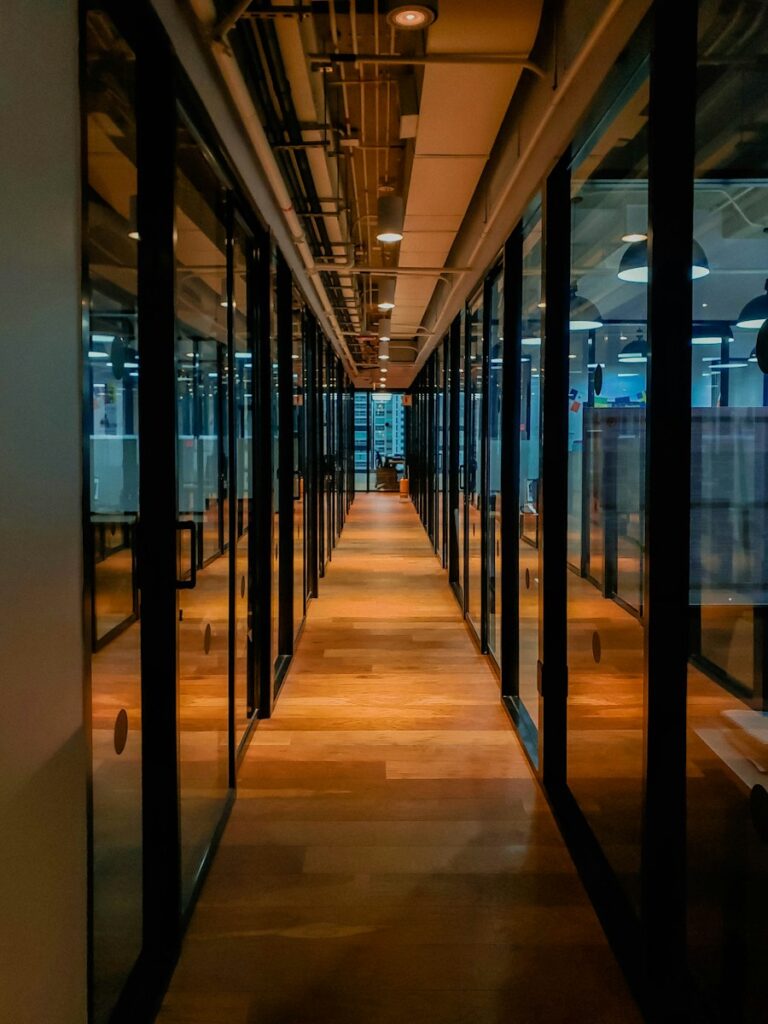Heating and Ventilation Control
Use our years of knowledge to care for your next project.
Good building control for heating and ventilation is crucial for various reasons, as it directly impacts the comfort, health, and energy efficiency of a building. Here are some key reasons highlighting the importance of effective building control for heating and ventilation:
- Comfort and Productivity: Proper heating and ventilation control ensures that the indoor environment is comfortable for occupants. Maintaining optimal temperature and air quality contributes to increased productivity and overall well-being.
- Health and Indoor Air Quality: Adequate ventilation is essential for maintaining indoor air quality. Proper control helps to remove pollutants, allergens, and stale air, promoting a healthier living or working environment and reducing the risk of respiratory issues.
- Energy Efficiency: Efficient building control systems help optimize heating and ventilation operations, leading to reduced energy consumption. This not only lowers utility costs but also aligns with sustainability goals by minimizing the carbon footprint of the building.
- Cost Savings: By fine-tuning heating and ventilation systems, it is possible to achieve significant cost savings. Efficient control prevents unnecessary energy wastage and ensures that resources are used only when required.
- Environmental Impact: Optimized building control reduces energy consumption, which, in turn, lowers greenhouse gas emissions. This contributes to environmental sustainability by minimizing the impact of the building on the surrounding ecosystem.
- Regulatory Compliance: Many regions have building codes and regulations that mandate certain standards for indoor air quality and energy efficiency. Proper building control helps ensure compliance with these regulations, avoiding legal issues and potential fines.
- Adaptability to Changing Conditions: Effective building control systems can respond to changing environmental conditions, occupancy patterns, and external factors. This adaptability ensures that the indoor environment remains comfortable and efficient under varying circumstances.
- Prevention of Mold and Moisture Issues: Adequate ventilation helps prevent the buildup of moisture, reducing the risk of mold growth. Mold and excessive moisture can damage the building structure and pose health risks to occupants.
- Remote Monitoring and Management: Modern building control systems often allow for remote monitoring and management. This feature enables facility managers to oversee and adjust heating and ventilation settings from a centralized location, improving efficiency and responsiveness.
- Long-Term Building Durability: Proper control of heating and ventilation contributes to the longevity and durability of building materials and systems. Maintaining a stable indoor environment reduces the wear and tear on infrastructure components.
In summary, good building control for heating and ventilation is essential for creating a comfortable, healthy, and energy-efficient indoor environment, while also ensuring compliance with regulations and minimizing environmental impact.
Tell me more?
The key to good building control is getting the right combination of equipment and expertise. This is where we come in.
Ever wondered how your buildings temperature is controlled?. In fact we live and breath controls. Utilising technology to control and monitor your environment.
Established in 1990 we have been caring for the environment for many years over many generations of long term staff member. Tap into our wealth of knowledge for your next project.

Scope of work we cover?
We can accommodate many size projects, our predominant enquiries are medium sized project. We also get approached by niche high end clientele who need to weave existing or new building controls fabric into a cohesive system.
What can bms controls do?
Control systems have evolved over the years. From autonomous controllers back in the 90s to basic web enabled devices in the early 2000s. Now the controls industry has pivoted and has the capability to push data to cloud.
Cloud based BMS administration is now an industry standard capability for plant works managers. Various option and levels of user control exist for administering your building. Logging and analysis packages allow for extrapolation of data for aggregating and analysing by your facilities manager or analytics team.

A system could be relatively small with few elements. Conversely a system may be larger and have a multitude of secondary circuits requiring multiple points of monitoring both in flow / room and outside temperatures.
It may also contain Natural ventilation, Rainwater Harvesting or Ground source heat pumps. Solar and air source heat pumps. You name it we have monitored it in the past.
Our skilled design engineers can develop your specification into a bespoke solution to your climate control needs.



PHILOSOPHY
Feel good.
Feeling comfortable in your space is important to us.
With the culmination of new technology and modern buildings we can work in conjunction with your infrastructure to log and control your space.



The importance of wellness.
Effective building control for heating and ventilation is crucial for optimizing indoor comfort, productivity, and health.
It plays a vital role in energy efficiency, reducing costs and minimising the building’s environmental impact.
Compliance with regulations, adaptability to changing conditions, and remote monitoring capabilities further emphasise its significance.
By preventing issues like mold and moisture, building control ensures occupant well-being and contributes to the infrastructure’s long-term durability.
In essence, it is key to creating a sustainable, efficient, and healthy indoor environment.
